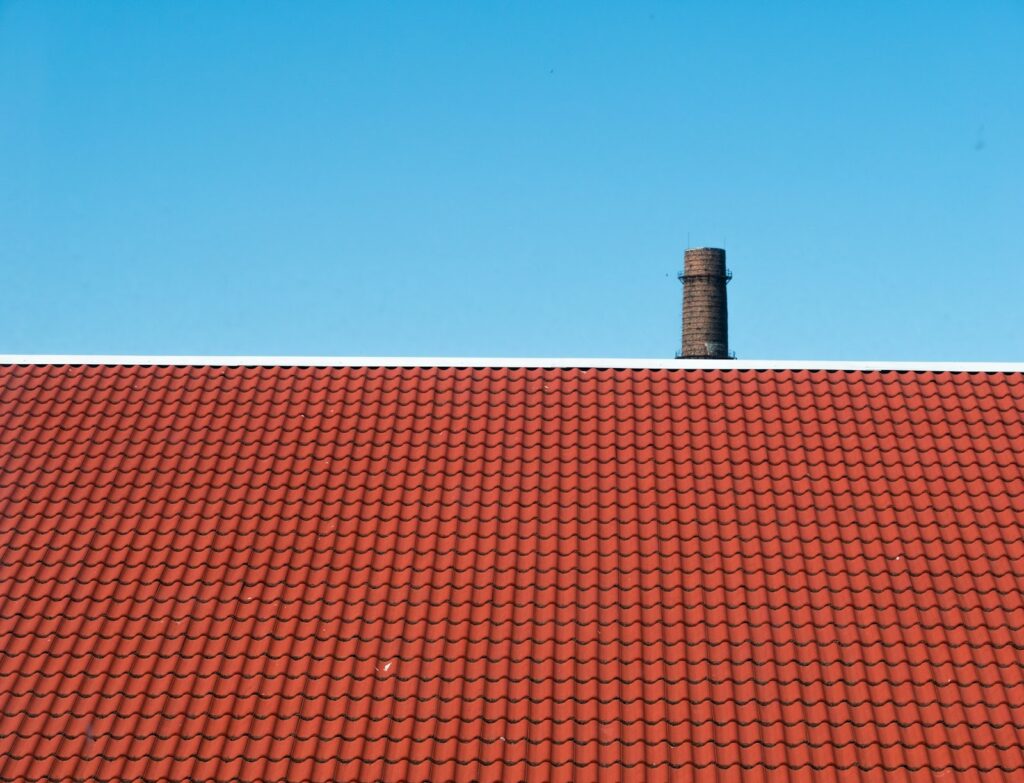Your roof is one of the most important parts of your home, it shields you from the elements, contributes to energy efficiency, and protects your property’s structure. It’s one of the most overlooked areas when it comes to routine maintenance. Many homeowners only think about their roofs when a leak or storm damage makes the problem impossible to ignore.
Consistent roof care can extend the life of your roof, prevent costly repairs, and maintain your home’s curb appeal. Whether you’re a new homeowner or looking to improve your long-term maintenance habits, understanding the basics of roof upkeep is crucial.
Inspect Your Roof Regularly
Routine inspections are one of the simplest ways to catch issues before they become major problems. You don’t need to climb up and walk around your roof to conduct a basic check. From the ground, look for signs like missing or curling shingles, rusted flashing, sagging areas, or visible debris buildup.
A pair of binoculars can help you get a closer look without compromising safety. Checking your attic or upper ceilings for water stains, mildew, or light coming through the roof boards can provide valuable clues about hidden leaks or damage. If you’re not comfortable assessing your roof yourself or want a more detailed evaluation, you can rely on licensed Hanover roof specialists who are trained to spot both surface-level and structural concerns. Professional inspections, ideally performed once or twice a year, offer peace of mind and the opportunity to address issues before they escalate.
Clean Debris and Maintain Gutters
Leaves, twigs, and other debris that accumulate on your roof and in your gutters can trap moisture and lead to rot, mold growth, or deterioration of shingles. In colder months, trapped debris can contribute to the formation of ice dams, which can force water under your shingles and into your home.
Regularly clearing your gutters ensures water flows off the roof and away from your foundation as intended. While cleaning, check for signs of damage, such as loose brackets, sagging sections, or corrosion. Inspect downspouts to ensure water is directed several feet away from the base of your home.
Trim Overhanging Branches
Trees add beauty and shade to your property, but overhanging limbs can pose a serious threat to your roof. Branches rubbing against shingles can strip away protective granules over time, while larger limbs can break off during storms and cause significant damage.
Trimming back branches prevents physical contact with your roof and reduces the amount of debris that ends up in your gutters. As a bonus, it can discourage animals from gaining access to your roof. Squirrels and raccoons have been known to use tree limbs as bridges to find entry into attics.
Check Flashing and Seals
Flashing is the metal or plastic barrier that seals roof joints, chimneys, skylights, vents, and other openings. When flashing becomes damaged or improperly sealed, it allows water to seep into your home, leading to leaks, mold, and rot.
Flashing can corrode, lift, or separate from surrounding materials due to weather exposure or building movement. During your inspections, check these areas carefully for signs of wear or gaps. Even small issues can lead to significant water damage if ignored.
Watch for Algae and Moss Growth
Moss and algae may not seem like urgent problems, but they can do real damage if left unchecked. Moss holds moisture against the roof surface, which can lead to shingle deterioration and wood rot. Algae, while less damaging, can create unsightly streaks that lower your home’s visual appeal.
These organisms thrive in shaded, damp areas, especially on roofs that receive limited sunlight. To prevent growth, ensure your roof gets adequate airflow and remove debris that retains moisture. For existing moss or algae, use a cleaning solution approved for roof use and gently brush it away. Avoid power washing, as it can remove protective granules from shingles and shorten their lifespan.
Respond Quickly to Minor Damage
One of the most important aspects of roof maintenance is addressing small issues before they turn into major ones. Missing shingles, small leaks, or cracked tiles may not seem urgent, but over time, they can allow water intrusion, weaken your roofing materials, and lead to interior damage.
Even seemingly isolated damage can compromise the integrity of your roof. A single broken shingle might allow wind to lift adjacent shingles, while a minor leak can cause structural wood to swell and rot.
Proper roof care doesn’t have to be complicated, but it does require consistency and attention to detail. By adopting these simple habits, routine inspections, regular cleaning, strategic pruning, and timely repairs, you can extend the life of your roof and prevent costly issues down the line.






